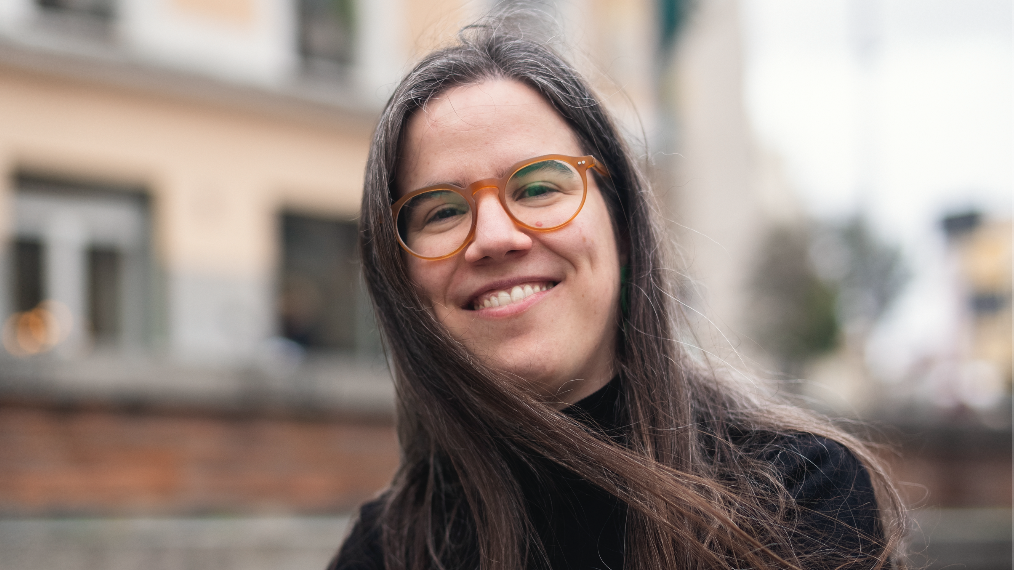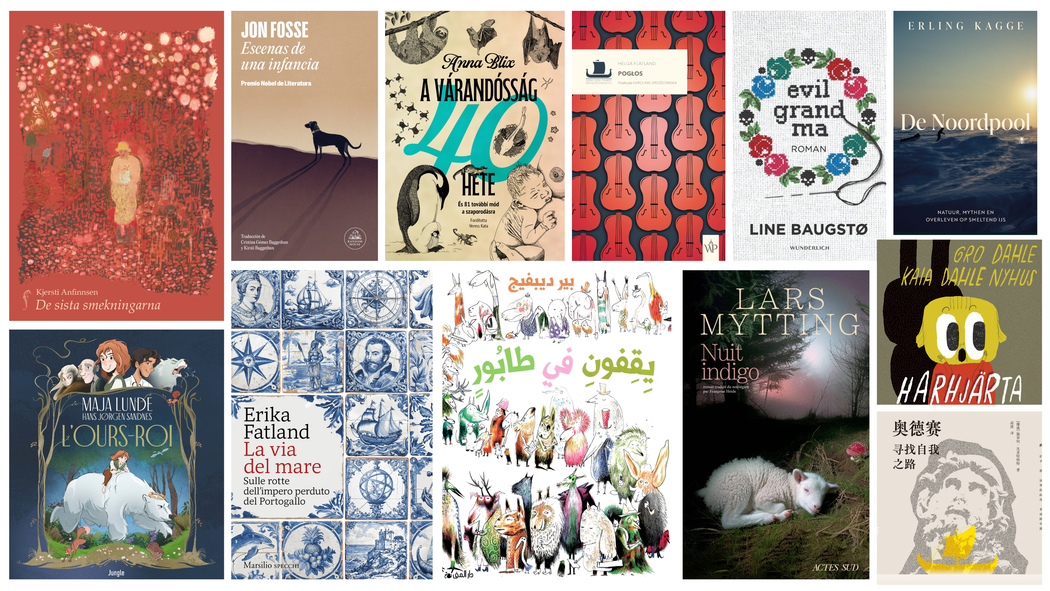Paul Russell Garrett - Translator of the Month
October’s translator of the month is Paul Russell Garrett, who translates from Norwegian into English. Paul is originally from Canada, but has lived in London for almost twenty years. He took a degree in Scandinavian Studies at UCL, with a focus on Danish, Old Norse, Literature and History. At the University of Copenhagen he delved even deeper into Danish, studying Danish language, linguistics and translation. Paul also has experience teaching Danish at universities, college and privately. He first started translating Danish literature and drama, but soon moved into Norwegian, so far translating Lars Mytting’s The Sixteen Trees of the Somme, John Arne Riise’s biography, penned by Jens M Johansson, The Running Man, as well as Eirik Vold’s biography, Hugo Chávez: the Bolivarian Revolution from Up Close. Paul has a special place in his heart for theatre and has done a lot of work with drama — as a translator and more. His translation of Ibsen’s A Doll’s House was staged in London’s West End in 2012. He’s now in charge of the theatre translator mentoring programme for the London-based theatre company, Foreign Affairs.
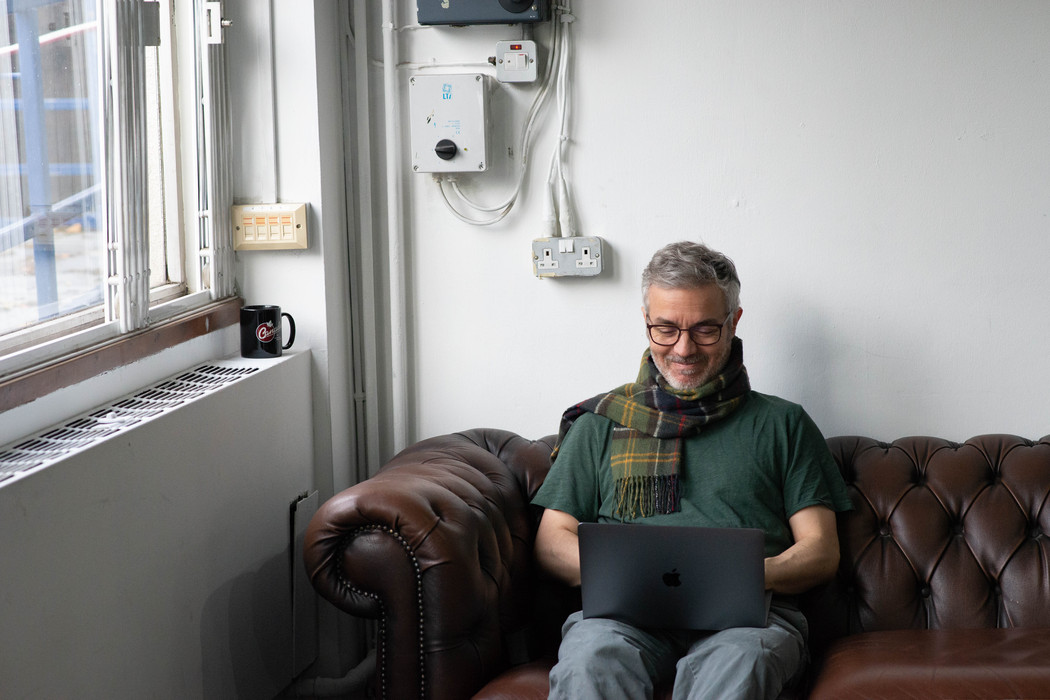
How did you start translating Norwegian literature?
First I fell in love with a Dane, then with the Danish language, with Norwegian literature not far behind. In the summer of 2012 I took part in BCLT’s translation summer school led by Kari Dickson. NORLA soon reached out to me and put me in touch with a number of Norwegian publishers, and I wrote a number of sample translations for them. Then out of the blue I received a phone call from the legendary Norwegian publisher Eva Lie-Nielsen, who asked if I could translate a piece for a Norwegian edition of Granta. And I believe it was later that year I received an equally unexpected call from the equally legendary UK publisher Christopher MacLehose, who called me to ask if I’d be interested in translating Lars Mytting’s novel, Svøm med dem som drukner (The Sixteen Trees of the Somme). Yes, was about the only word I could manage to get out of my mouth.
What book are you currently translating?
I’m co-translating Siri Pettersen’s Raven Rings trilogy with Siân Mackie. I have Norla to thank for that, Hege Langrusten in particular, who introduced me to the author’s work when I asked her for a few tips on Norwegian children’s and young adult fiction. Siân and I are currently working on the second book in the series, meeting on Zoom every other night to discuss, edit, and read our translations out loud. It’s not the first time Siân and I have collaborated on a translation. In 2015 we co-translated Ibsen’s A Doll’s House in response to a Foreign Affairs production entitled, The Helmer Project.
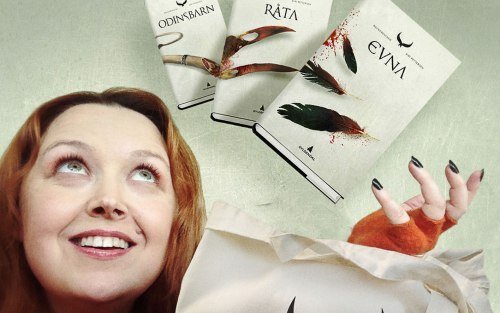
Translations of plays are often heavily edited, both by the directors and the actors. Does that influence your work? If so, how?
I’ve been fortunate enough to work primarily with Foreign Affairs theatre company, and they have enormous respect for translators. Of course the actors might inadvertently change a few words here and there, or express things differently than I would have done, but I realised pretty early on that it was just a part of the process. At the premiere of my first translation, aided by a few shots of Tequila, I managed to sit back and enjoy the actors’ performances, where a new kind of translation was taking place.
Foreign Affairs mentoring programme for emerging theatre translators largely mirrors the process I went through during my first play translation, Benny Anderson’s The Contract Killer. I’m extremely proud of the programme, and obviously it’s enormously rewarding to see other translators getting similar benefits out of that process. This year we’re running our fourth edition of the programme, having now worked with translators from Japanese, Chinese, Finnish and Hungarian, to name a few. In London, at least, there seems to be a renewed focus on theatre translators at the moment, which is great to see.
Your Swedish colleague Jonas Rasmussen had the following question for you:
“I know that you live in London with a Dane, and that you’re Danish is very good, but that you translate primarily from Norwegian. Do you have to make a concentrated effort to remember the differences between the Scandinavian languages? As a Scandinavian myself, I believe there are significant differences that can lead to fatal mistakes in connection with translation…”
Over time I’ve become better at separating Norwegian and Danish. Saying that, in my initial response to these questions contained a mix of Danish, Norwegian, English and Canadian phrasing. I guess there are just situations where a Norwegian word is better than a Danish one, or Danish is better than English. Which can be confusing, just ask my wife! I always remember the time I was working in a bar in London and someone came in asking about a job. But he only spoke French, and as the resident Canadian, the manager figured I could talk to him. But when I tried to speak my schoolboy French, only Danish words came out. I’m not sure who was more confused, me or the job applicant.
It sometimes feels like my second languages are huddled together in a tiny corner of my brain. Or is that because I learned Danish and Norwegian relatively late in life? Whatever the case, I still have to keep a list of the Scandinavian false friends close at hand no matter which one I’m translating from.
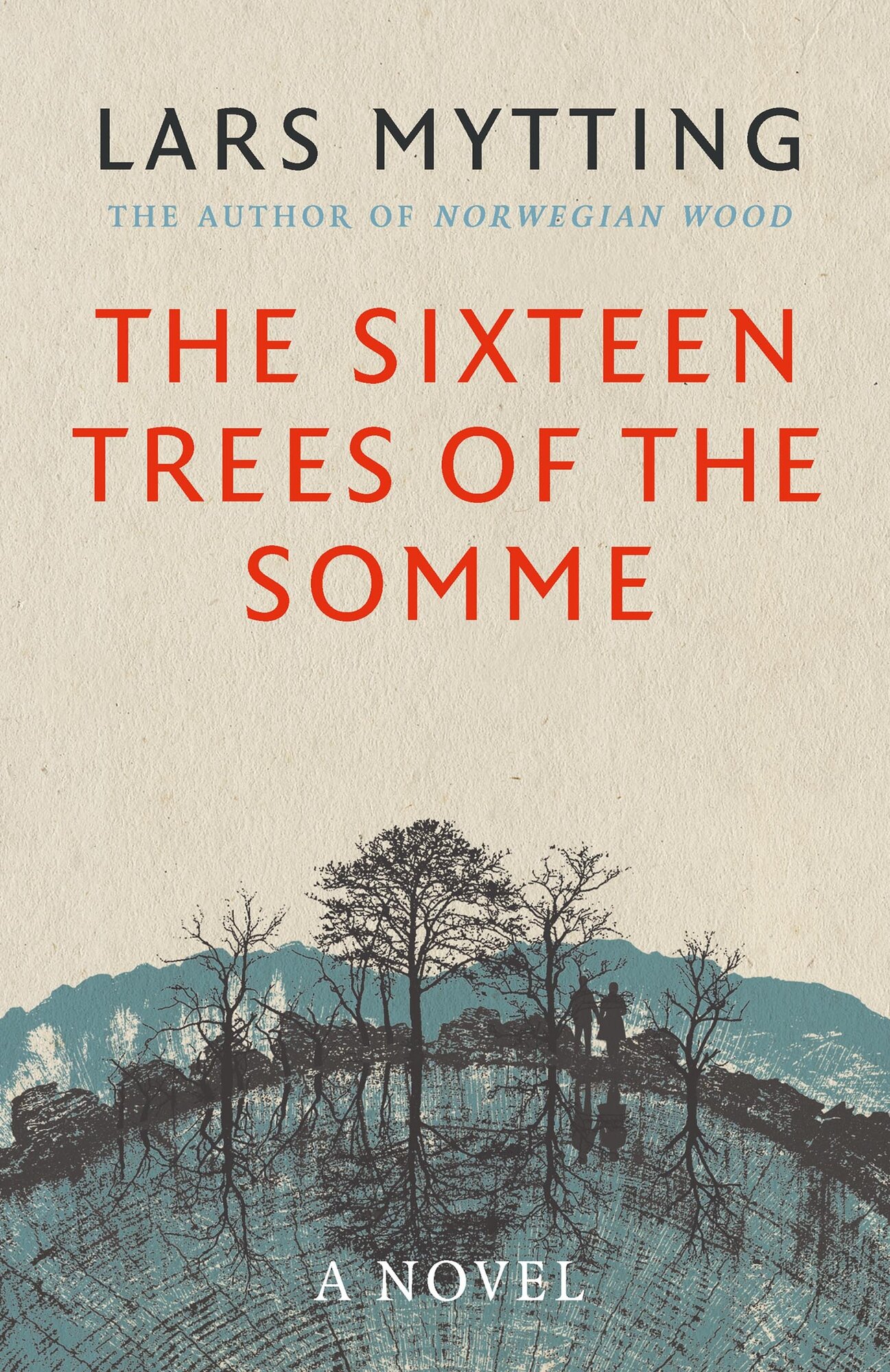
Is there any particular Norwegian book that’s close to your heart? If so, what makes it so special?
The Sixteen Trees of the Somme wasn’t my first Norwegian translation, but it came at the perfect time for me. It’s a wonderful adventure, with a mix of European history and culture. It could be the beautiful depictions of nature Lars Mytting masters, which have had such a strong effect on the Canadian in me. Maybe that’s why I’ve also fallen in love with Norway, after having lived in a big city like London for so many years.
Do you have a role model in the translation world? If so, who and why?
Barbara J. Haveland, who mentored me in 2013. Often when I’m translating, I’ll be thinking: what would Barbara do? She demanded a lot of me, ensuring I respected the source and the target language in equal measure, while at the same time opening up the possibility of creative solutions in order to find my own voice. Barbara isn’t exactly intimidating in stature, but don’t let that fool you. Never cross her, I remember thinking the first time we met. She’s a real fireball.
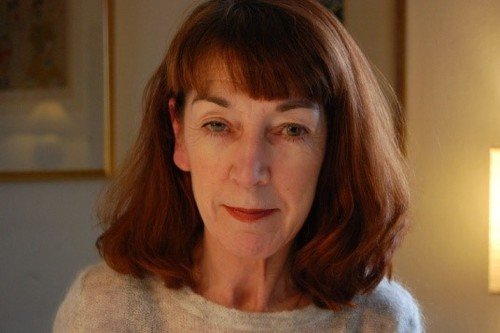
We hope you’re ready to pass the baton to a colleague who also translates from Norwegian. Who would you like to hand off to, and what would you like to ask them?
I’d like to pass the baton to my super-talented colleague Siân Mackie, who I’ve learned a lot from during all the different projects we’ve collaborated on. Siân, I was wondering if you could expand on the difficulties of trying to translate into different ‘dialects’ of English. An American colleague once said that he usually writes in the English he feels most comfortable in. If (and this is a big if) a publisher was happy for you to write in any English you wanted, which ‘dialect’ of English would you choose?
Read more
Learn more about Paul here or visit his website.
Those of you who understand Norwegian can read his Translator of the Month interview here.
See other translators interviewed in our Translator of the Month series here.
